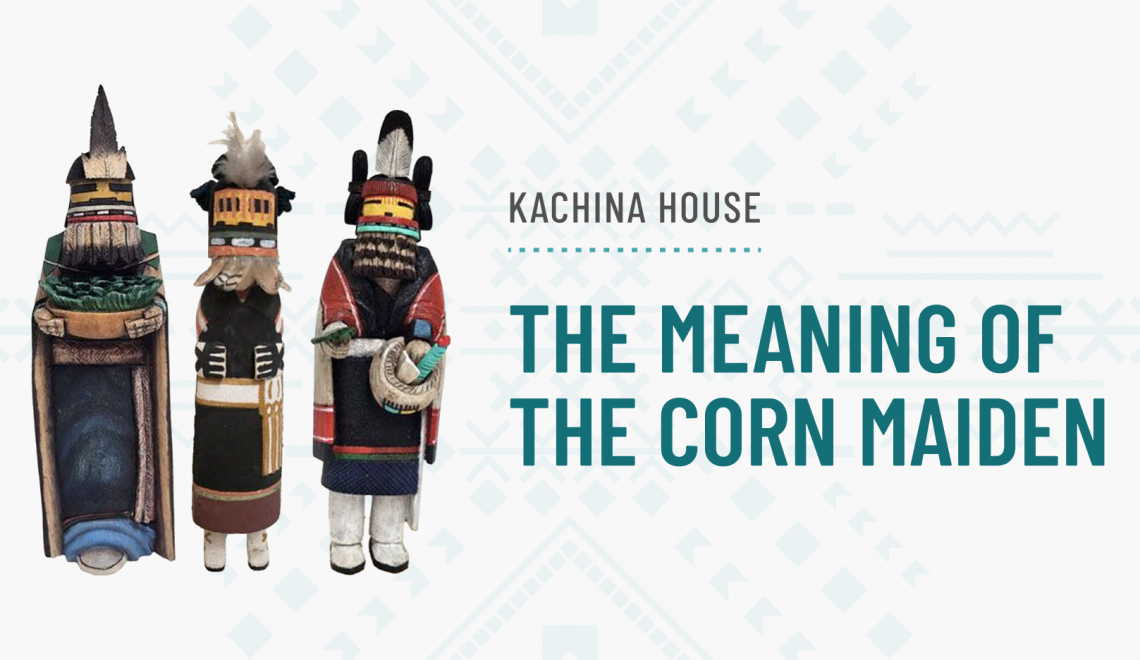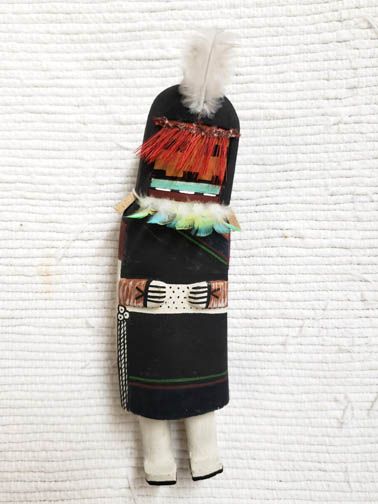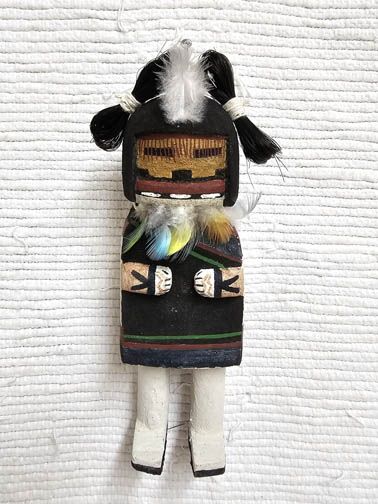
Across Native American cultures, Corn Maidens play a special role, symbolizing the prayers of the people for a bountiful harvest. As embodiments of fertility and growth, Corn Maidens represent the life-giving power of corn, a staple crop that has sustained many Native American tribes for centuries. Puebloans hold the Corn Maiden in high esteem, weaving her presence into their agricultural practices and spiritual rituals.
These tribes tell their own unique stories of the Corn Maiden, each narrative underscoring her importance in ensuring a successful harvest. To honor her, they create Katsinam (Hopi) and fetishes (Zuni), intricate representations that serve both as religious icons and artistic expressions. These items are not merely decorative; they hold profound spiritual significance, acting as physical manifestations of prayers and blessings for fertility and abundance.
In Pueblo traditions, the Corn Maiden is more than just a mythic figure; she is an integral part of their cultural identity. Her stories are deeply rooted in the agricultural and spiritual traditions of these communities, reflecting a worldview where the earth, the crops, and the people are inextricably linked. Through dance, song, and art, the Corn Maiden continues to play a vital role in communal life, symbolizing the ongoing relationship between the people and the land they cultivate.
What is the Meaning of the Corn Maiden?
The Corn Maiden holds significant meaning among the Hopi. Her presence in the Katsina dances is a prayer for corn, reflecting the people’s reliance on this vital crop. She also honors Mother Earth and her continuing ability to feed her children. The Corn Maiden is often depicted with a yellow corn cob body, earning her the name Yellow Corn Maiden.

The Corn Maiden in Hopi Tradition
According to Hopi legend, the most beautiful of the Corn Maidens was the Blue Corn Maiden. Her beauty and kindness caught the attention of the Winter Katsina, who stole her away, taking the corn harvest with her. In response, the Summer Katsina sought out the Winter Katsina and persuaded him to return the Corn Maiden to the people for half the year. This legend explains why the corn harvest occurs every summer.
Hopi Corn Maiden Katsinam are named by the color of corn they carry, such as yellow or blue. These dolls symbolize the people’s prayers for corn and a bountiful harvest, serving as powerful reminders of the interconnectedness of life, agriculture, and spirituality in Hopi culture.
Read more stories of the corn maiden here!

Corn Maiden Themed Gifts at Kachina House
Both beautiful and meaningful, a Corn Maiden fetish, Katsina doll, or piece of jewelry makes a wonderful gift for anyone interested in Native American culture. At Kachina House, we offer a wide array of Corn Maiden items, including Zuni and Hopi carved earrings and necklaces. Each piece is crafted with care, reflecting the rich traditions and deep symbolism of the Corn Maiden.
Explore our collection to find the perfect Corn Maiden gift that embodies the spirit of harvest and fertility, celebrating the timeless stories of the Hopi and Zuni peoples.

